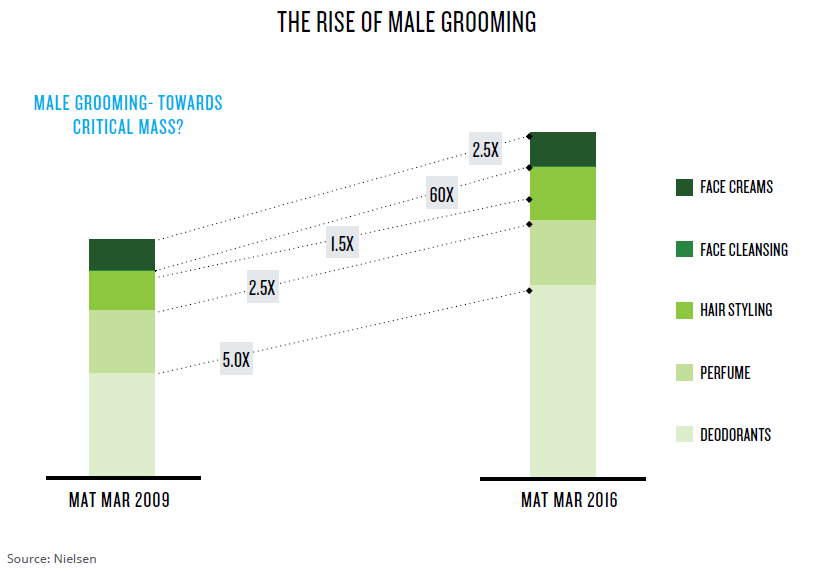In an era of selfies, video calls, and photo-based social media, the need to look good is no longer confined to special occasions. In fact, both men and women of all ages are equally drawn into this momentum of social banter, and consequently, the beauty industry in India is growing in scope and breadth.
Today, the beauty segment is being redefined, and concepts and notions that were steering business strategies yesterday may not be on target anymore. To get a better understanding about this evolution, we took a deep dive – analysing data and insights from across retail measurement, consumer neuroscience (syndicated as well as customised studies) and learnings from industry experts to gauge some of the dominant trends that indicate what beauty is morphing in to, thereby influencing the landscape of personal care.
Age no bar for beauty consciousness
Children today are reaching puberty as early as 10-12 years, resulting in a beauty-consciousness that’s typically associated with adults. With a desire to look attractive at a much younger age than in previous generations, brands and products that target women closer to 18 years old now need to engage with a much wider market. This signals opportunity and a need for responsible marketing. At the other end of the spectrum, the upper age for the market is extending too. With the thinking that ’30 is the new 20′ and ’40 is the new 30,’ grooming is no longer restricted to 18-35 year-old female consumers. And ‘anti-ageing’ may not be the mantra for the older generation that is striving for an ageless look.
The man in the mirror cares how he looks
Some favorite stereotypes about the beauty industry are no longer applicable. The conversation around beauty is evolving. Male grooming is growing, and data confirms that the sales of men’s face creams have more than doubled, while the use of face cleansing products among men in India has jumped a massive 60 times between 2009 and 2016. An analysis into the motivations underlying this surge in the adoption of male grooming products points to two key drivers: confidence and to achieve a competitive edge over other males in career growth rather than to attract females.

For more details, download the full report (top right).



